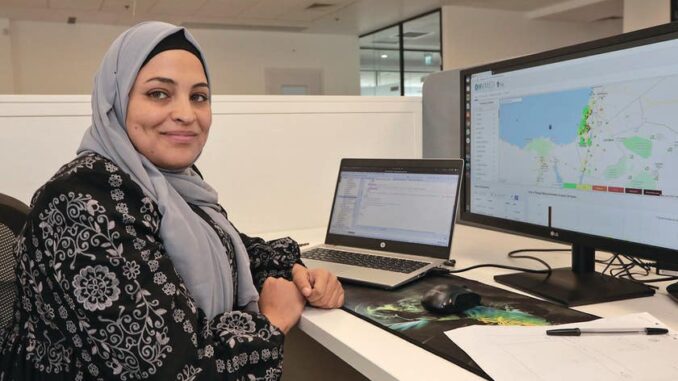T. Belman. This is very good news. But polygamy is still practiced and Egyptian wives are smuggled in to satisfy demand. In addition many Bedouin commit welfare fraud to live off the welfare system. They allege divorce when in fact they are married.
Once among the world’s highest, Israeli Bedouins’ birth rates have dropped to the national average in just two decades, shocking demographers
HAARETZ

Birth rates among Bedouins in the southern Negev region dipped below five children per woman in 2020 for the first time since record keeping began. This is in comparison to a fertility rate exceeding 10 children per woman in the late 1990s.
According to a recent study, rising education levels among Bedouin women is driving the trend.
For many years, the Bedouin community in the Negev maintained the highest birth rates in Israel – and among the highest in the world.
According to Central Bureau of Statistics data, the birth rate peaked at 10.6 children per woman in 1998 – over 2.5 times that of Muslims in the north of the country, over 3 times the national average, and almost 4 times the average among Jews.
Demographic records reveal that the decline began in the 2000s at what demographers argue is an unusually fast pace. By 2020, the Bedouin birth rate reached a nadir of 4.94 in 2020 – almost identical to the country’s Jews and Arabs.
“The drop of birth rates in Bedouin society by 50 percent in a single decade is an interesting social phenomenon, seeing how societies in Europe needed a hundred years to undergo a similar process, and Middle Eastern and North African societies needed four decades to do so,” wrote doctoral candidate Nasser Abu Srihan and Prof. Jonathan Anson of Ben-Gurion University of the Negev’s Department of Social Work.
They believe that the decline reflects broader shifts in Israel’s Bedouin society. “Bedouin couples are adopting increasingly modern norms in family life. Children are no longer seen as fathers’ insurance policy for old age, nor do they contribute to the family farming endeavors. This opens the possibility of a different, reduced procreation strategy,” said Abu Srihan
Bedouins’ rising incomes and education levels seem to be driving the change, most acute among women.
“A female Bedouin middle class is developing,” said Prof. Sarab Abu-Rabia-Queder, an education researcher at Ben-Gurion University. “You can see it in lawyers, psychologists and others. The impact is not just on the women themselves, but broader: A more equitable conduct between couples is also an encouraging model for the children.”
Their entry into the country’s workforce starts with education. Abu-Rabia-Queder points to the significant decrease in Bedouin girls’ high school drop out rates over the last two decades, a change that has been much less dramatic among boys. Today, women account for 70 percent of all Bedouin students at Ben-Gurion University of the Negev.
Abu-Rabia-Queder believes that the declining birth rate demonstrates a broader understanding of the “other needs of children, and of parental availability in children’s lives.”
Despite the bright horizon, she noted that many problems persist. Among them, polygamy, “which seems to be on the rise.”



Leave a Reply
You must be logged in to post a comment.